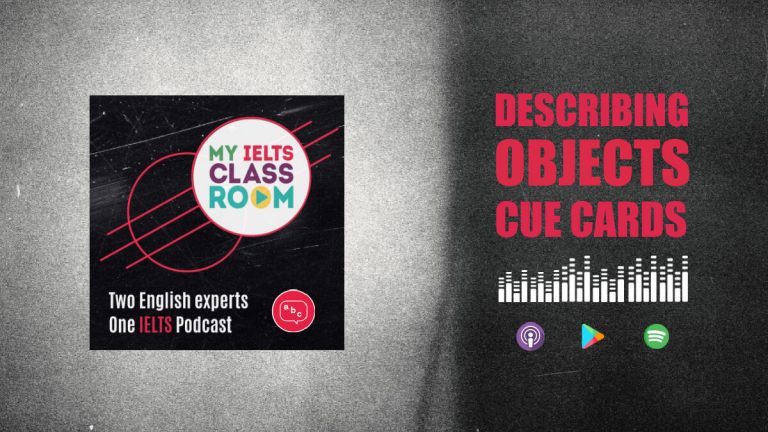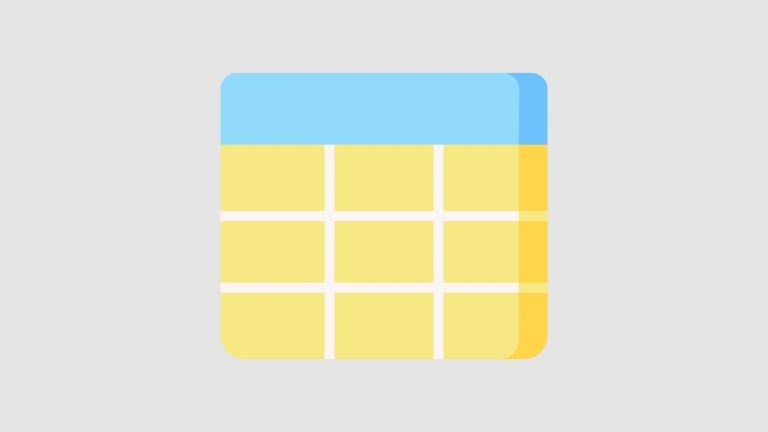
The My IELTS Classroom YouTube channel is (finally) here!
Finally! After 3 years of promises, the My IELTS Classroom YouTube channel is finally launching at 7am GMT on March 11th 2022!!!!

Finally! After 3 years of promises, the My IELTS Classroom YouTube channel is finally launching at 7am GMT on March 11th 2022!!!!

Hey everyone! I don’t know if I have been under a rock for the last month, but a student brought it to my attention this week that he new IELTS Cambridge 16 General Training book has been published. That means we have four new full tests to use to hone our IELTS skills. Honestly, though, the first section that I always turn to is the writing exam. I mean, nothing is more exciting than having 4 brand new essay questions to analyse, right? Well, almost nothing! This time I found it was the letters that caught my attention more! So, in today’s episode, join Nick and I as we look at the Cambridge IELTS 16 letters!

Hey! This week, Nick and I look at how you should tackle IELTS Object Cue Cards, which are one of the most common in Part 2 of the exam. We will start with a brief review of IELTS Speaking Part 2 (as it has been a long time since we did a speaking episode!), and then share a range of useful lexis to describe objects. Finally, we will demonstrate how you can put all of these skills together by completing one 2-minute turn each.

Last week, we looked at the basics of IELTS paragraph writing. We discussed what paragraphs are and the importance of unity. We also took a deep-dive into how you can write a paragraph that contains two ideas. If you have not listened to that episode yet, I strongly recommend that you go back and complete it before progressing onto this one.

Being able to construct a paragraph is perhaps the most fundamental IELTS writing skill. If you are able to start with a clear topic sentence and then build a logical argument, you are almost guaranteed to receive a high score for Task Response and Coherence (and you have a good chance of a high one for Coherence and Cohesion too!) Today, Nick and I start with the basic question “What is a paragraph?” and end by showing you how being specific in your arguments can increase your score. However, there is a lot in between, including how to structure an IELTS paragraph that includes two ideas.

Hey! There are always times in life when things don’t go as planned. You buy a wardrobe and think it will take an hour to put together, but it takes 10. Or you have a lovely week planned and then you unexpectedly have your wisdom tooth removed! But what happens if things do not go as planned in the IELTS exam? When should you complain? And, more importantly, how can you make an IELTS complaint? That is what Nick and I discuss today.

Can you hear the trumpets playing? Yes, back by popular demand, today Nick and I break down the first IELTS essay questions 2022. As always, we will choose 6 essay topics that have been reported from recent exams that we think are difficult, and offer you our arguments and tips for organisation.

In 2020, Nick and I recorded an episode of the podcast that gave you a complete fool-proof system for tackling any type of IELTS line graph. We went through the basics, such as the vocabulary you need to describe changes and how to organise your paragraphs, to more complex advice such as how to find key features and write your specific details from start to finish. Plus, we also looked at a new type of key feature that IELTS had recently started using and no other teacher was talking about. In other words, I felt like we had recorded the ultimate guide to IELTS line graphs, and we would never have to talk about them again. Then came the IELTS line graph 2021!

We all have topics that we are familiar with in IELTS. But, there are also other topics which we may meet with a blank mind. So, what can you do to fill in your knowledge gaps? In today’s episode Nick and I will look at a difficult topic for us – housing. We will start by covering some fundamental IELTS architecture vocabulary, and then show you how you can utilise Google to find essay ideas.

In IELTS Writing Task One, you will be asked to write a report based on a chart. These can come in a number of forms. You may be given a line graph, a pie chart, a bar chart, or even a map or a process. However, one chart that strikes fear into the heart of most students is the dreaded IELTS table.